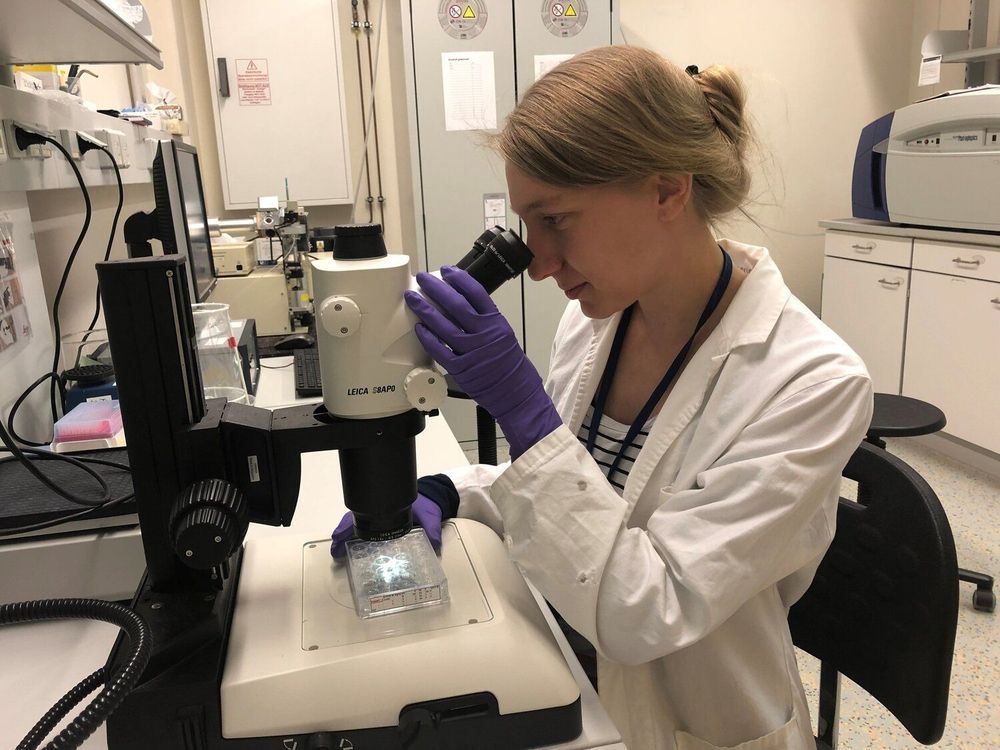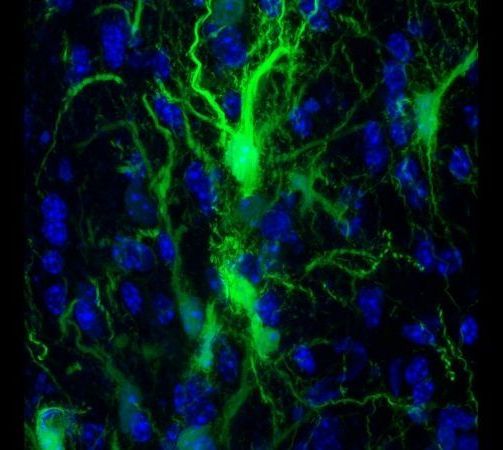Proteins are essential for every living cell and responsible for many fundamental processes. In particular, they are required as bio-catalysts in metabolism and for signaling inside the cell and between cells. Many diseases come about as a result of failures in this communication, and the origins of signaling in proteins have been a source of great scientific debate. Now, for the first time, a team of researchers at the University of Göttingen has actually observed the mobile protons that do this job in each and every living cell, thus providing new insights into the mechanisms. The results were published in Nature.
Researchers from the University of Göttingen led by Professors Kai Tittmann and Ricardo Mata found a way to grow high-quality protein crystals of a human protein. The DESY particle accelerator in Hamburg made it possible to observe protons (subatomic particles with a positive charge) moving around within the protein. This surprising “dance of the protons” showed how distant sections of the protein were able to communicate instantaneously with each other—like electricity moving down a wire.
In addition, Tittmann’s group obtained high-resolution data for several other proteins, showing in unprecedented detail the structure of a kind of hydrogen bond where two heavier atoms effectively share a proton (known as “low-barrier hydrogen bonding”). This was the second surprise: the data proved that low-barrier hydrogen bonding indeed exists in proteins resolving a decades-long controversy, and in fact plays an essential role in the process.







